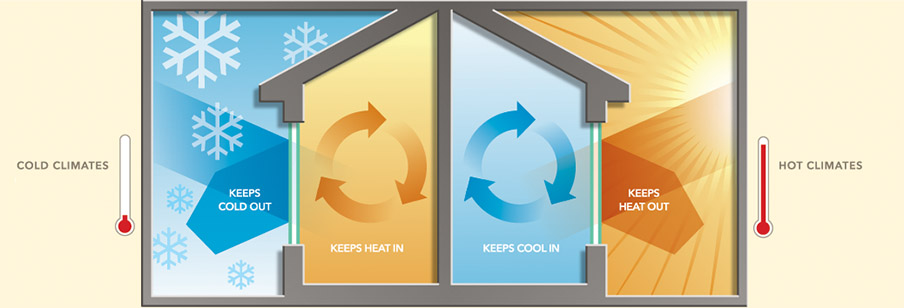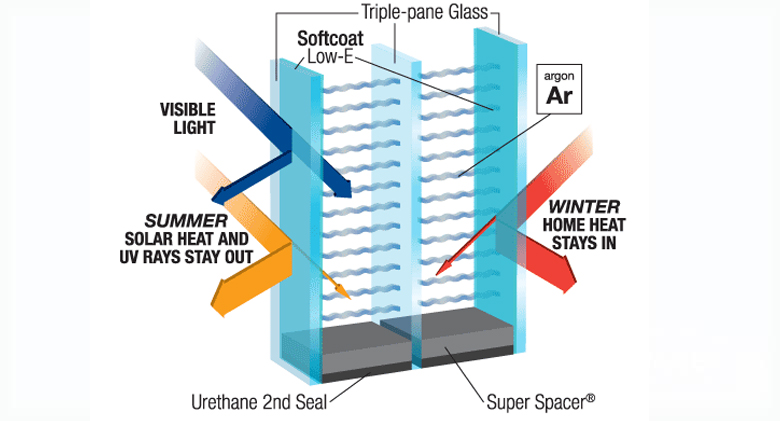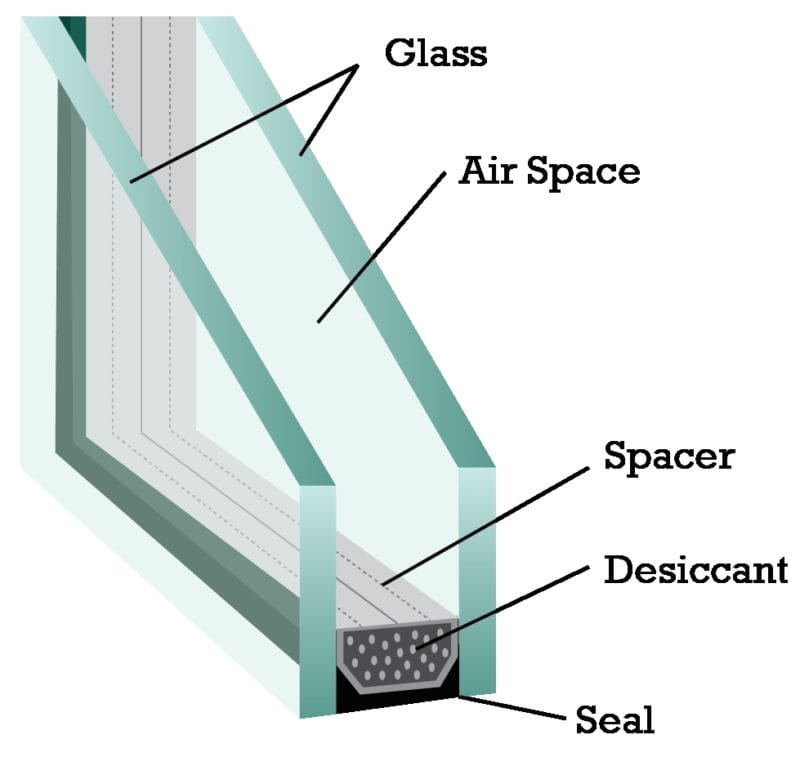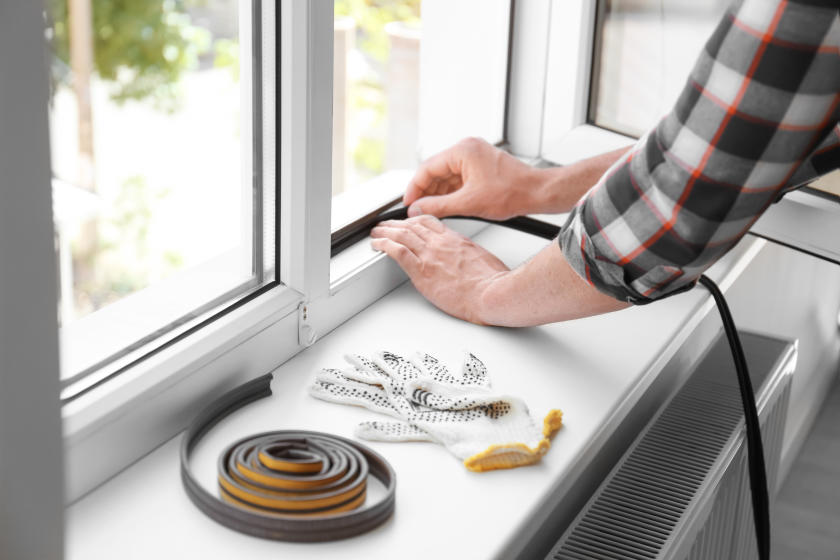Windows and doors are not only a key part of home design, but also an important factor in energy efficiency. While traditional single-paned glass has been the standard for many years, the right glazing type can make a big difference in the amount of energy needed to keep your home comfortable

Low-E glazing
The most energy-efficient glazing type is Low-E glazing. This type of glazing is coated with a special metallic oxide layer that reflects heat and blocks UV rays, reducing the amount of energy needed to cool the home. Low-E glazing also helps reduce the amount of visible light entering the home, reducing the amount of glare.

double-glazing
Another type of energy-efficient glazing is double-glazing. This type of glazing consists of two pieces of glass with a sealed airspace between them. The airspace acts as an insulating barrier, trapping heat inside the home and preventing it from escaping. The double-glazing also helps reduce sound transmission.

Insulated glazing
Insulated glazing can also be an effective option for increasing energy efficiency. This type of glazing is made up of two glass panes with a sealed air layer between them and a plastic seal around the perimeter. The air layer helps reduce heat transfer, while the seal creates an extra layer of insulation.
Weather stripping
In addition to these glazing types, there are other ways to optimize windows and doors for energy efficiency. Weather stripping can be used to help seal gaps and prevent air leakage. And, tinted window film can be used to minimize heat gain during the summer months.

By choosing the right glazing type and making other energy-efficient improvements, you can help reduce energy bills and help the environment. It’s important to consider the pros and cons of each glazing type and how they will affect your home. With the right combination of glazing and other improvements, you can save energy and money.
